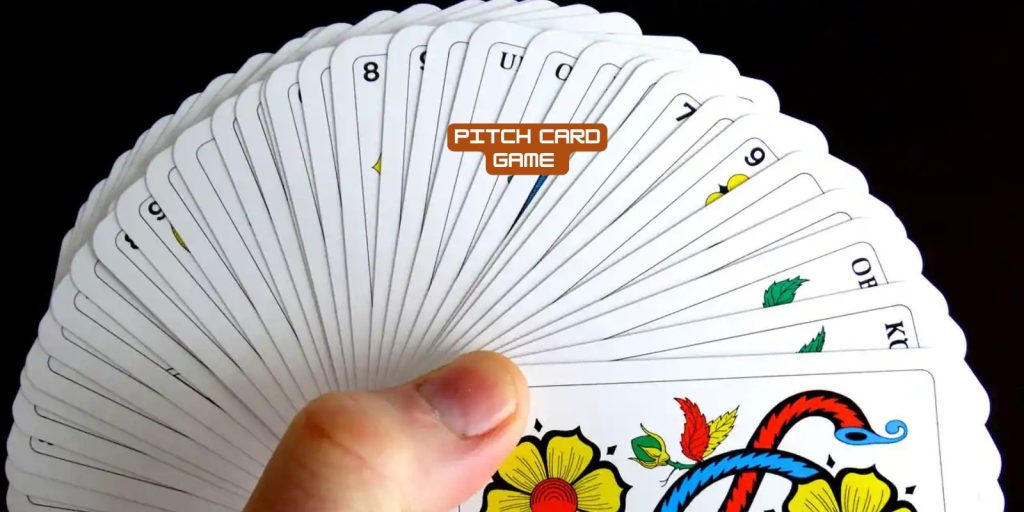Forget complex rulebooks and sprawling setups. Sometimes, the purest card game thrills come from classics like the pitch card game. Also widely known as “High, Low, Jack” or simply “Auction Pitch,” this trick-taking gem combines straightforward mechanics with strategic depth, making it a perennial favorite for family gatherings and competitive circles alike. Whether you’re a seasoned card shark or a curious newcomer, understanding the pitch card game opens the door to countless hours of engaging play.
The Essence of the Pitch Card Game: Bidding and Winning Tricks
At its heart, the pitch card game revolves around two core phases: bidding and trick-taking. Players compete to accurately predict how many points they can win in a hand based on capturing specific high-value cards.
Unlike many trick-takers, the trump suit isn’t fixed at the start – it’s determined by the highest bidder, adding a crucial layer of strategy and risk assessment. Knowing the pitch card game rules is essential to mastering this dance of declaration and execution.
How to Play Pitch Card Game: A Step-by-Step Overview
1. Setup & Dealing:
- Typically played by 2 to 7 players (4 is most common), using a standard 52-card deck. Ace is high, 2 is low.
- Deal six cards to each player, one at a time.
2. The Bidding Phase (Auction):
- Starting left of the dealer, players bid on how many of the four available points they believe they can win in the hand. The points are:
- High: The highest trump card played.
- Low: The lowest trump card played (must be won in a trick to count).
- Jack: The Jack of trumps.
- Game: Points from high-value cards captured in tricks (Ace=4, King=3, Queen=2, Jack=1, Ten=10).
- Bidding starts at 1 and increases. Players can pass or bid higher. The highest bidder becomes the “pitcher,” names the trump suit, and must win at least their bid number of points.
3. Playing Tricks:
- The pitcher leads the first trick with any card. Players must follow suit if possible. If unable, they may play any card.
- The highest card of the suit led wins the trick, unless a trump is played. The highest trump wins.
- The trick winner leads the next trick.
4. Scoring Points:
- After all six tricks are played, players tally the points they captured (High, Low, Jack, Game).
- The Pitcher: If they make their bid (win at least the number of points bid), they score the points they won. If they fail (set), they lose the amount of their bid.
- Other Players: Score the points they individually won, regardless of the pitcher’s success.
- Points are cumulative. The game is usually played to 7, 11, or 21 points.
Finding Your Game: Downloads and Online Play
While the pitch card game thrives on a physical table, digital versions offer great practice and accessibility:
- Mobile Apps (iOS/Android): Search app stores for “Pitch,” “High Low Jack,” or “Auction Pitch.” Popular options include “Trickster Pitch Card Game,” “Pitch: Card Game,” and “CardzMania.” These often feature tutorials, AI opponents, online multiplayer, and rule variations.
- Online Gaming Sites: Platforms like Board Game Arena (BGA), Trickster Cards, and dedicated card game sites frequently host Pitch. They provide matchmaking, rule enforcement, and chat.
- PC Downloads: While less common than mobile apps, some downloadable clients exist, often found within larger card game collections or via platforms like Steam (search “Pitch” or “card games”).
- Rule References: Numerous websites offer detailed pitch card game rules and strategy guides. Bookmarking an official rules source is always helpful.
Why the Pitch Card Game Endures
Its brilliance lies in its balance:
- Simple Core: The basic trick-taking rules are easy to grasp.
- Strategic Depth: Bidding accurately requires reading your hand, assessing opponents, and managing risk. Deciding what to lead and when to trump demands tactical thinking.
- Dynamic Interaction: The auction phase creates immediate competition and table talk.
- Fast-Paced: Hands are relatively quick, leading to satisfying momentum.
- Accessible: All you need is a standard deck and friends.
Learning how to play the pitch card game is an investment in timeless entertainment. It’s a game of nerve, calculation, and the satisfying clink of points won.
Pitch Card Game: Quick FAQs
- What’s the key difference between Pitch and Spades?
While both are trick-taking games, Pitch features an auction where the high bidder names trump and must win specific point cards (High, Low, Jack, Game). Spades has a fixed trump suit (Spades), involves bidding on the number of tricks (not points), and often has nil bids. - Can you play Pitch with just two players?
Yes! Common two-player pitch card game rules involve dealing a 3-card “dummy” hand face down. Players bid normally. The pitcher picks up the dummy hand, discards three cards face down (which count for their points at the end), and then plays against the opponent. Play proceeds normally with the non-pitcher leading first.
What happens if the Jack of trumps isn’t played?
In standard rules, if the Jack of trumps is not played during the hand (e.g., it’s still in a player’s hand or discarded in a dummy), no one scores the Jack point for that hand. It simply isn’t awarded. This adds another layer to the bidding strategy.




